Note Your Favorites: Tips for Building a Garden Profile
A garden profile is a list of plants and varieties you grow in your garden on a regular basis.
Some might say that a garden profile is the design of your garden and the beauty that can be seen from different angles and spaces in the garden. This is also true.
For today, I’m speaking of a list of your favorites that guests can expect to see when they visit you for a cool drink on a warm day.
First things first
Before deciding what you want to grow, it is a good idea to do a little planning. Ask yourself:
- How much space do I have to grow?
- How much work do I want to do, weekly or daily?
- Will my garden be grown for beauty or food?
- What other factors do I need to consider as I plan?
Little bit by little bit
When I first started gardening, I wanted to grow everything! When a seed catalogue arrived, you would think it was the Sears Christmas “Wish Book.”
I would look at every page with great care and I wanted something on every page. Some women have too many pairs of shoes. I have too many seeds! I’m working on it. Slowly but surely, you must narrow down your list.
Think about what you really want. Will you really use artichokes? I grew eggplant one year because it is a very impressive looking plant. I like eating eggplant, but found I do not like cooking eggplant.

Make a list of the exact veggies, herbs, and fruit you want to grow because you will actually use it. When I’m building my list, I like to get diverse plants that meet different nutritional needs. These might include:
- Alliums: Garlic, onion, chives, etc.
- Brassicaceae: Cabbage, broccoli, Bok choi, Brussel sprouts and more
- Apiaceae: Carrots, celery, parsley, many herbs and more
- Circaea: Nightshades: tomatoes, potatoes, peppers, eggplant and even Goji berries
- Leguminosae: Legumes, peas, and beans
Cut to the chase
Honestly, I can barely say these family names and there are many I don’t even know. Don’t be intimidated by the Latin. We don’t need to know the Latin to grow!
Each of these plant families have thousands of plant species. To simplify, I want some root veggies, lots of greens and plants from the cabbage family. I want peppers and peas, tomatoes, and potatoes. Simple!
The nitty gritty
This is the fun part! Once you know what you want, you can try different varieties of that plant.
I want to grow lots of carrots. I’ve tried many different seeds from many different companies. I am trying harder to record in my gardening book which seed type and which company I bought from.
By rotating different seeds, you will drill down to which works best for you. THIS is what goes into your garden profile!
After many iterations of carrot crops, my favorite is, “Long Imperator #58.”
Likewise, I’ve tried many tomatoes. I really like, “Better Boy” and “Early Girl.” You can do this testing and comparison with all your plants. This is the basis for all scientific discovery, trial and error.
Loosen up!
You are not carving your profile into stone. Just because you have a favorite butternut squash doesn’t mean you can’t continue to try new seeds and plants.
This profile is just so you have a list of solid “go to” seeds and aren’t left standing at the nursery, struggling to remember what the name of that prolific zucchini plant was.
Think outside the bed
It's easy to have tunnel vision and just plot out your beds. I’m working on imagining more.
I have many blueberry bushes, and fruit trees! I made a fatal error when ordering blueberry bushes. I had three varieties and wanted to choose a few more. But instead of just ordering one or two each, to test them out, I ordered 10 each.
Sadly, all 10 of my Pink Lemonade bushes died the first year. Test before committing. Lesson learned.
This is obviously most important when trying to find favorite perennials, which will take up permanent residence in your yard.
An exciting journey

There is it. Choose your plants. Test different varieties. Build your profile. Sounds simple, yet it is enough to keep us busy for a lifetime, a lifetime on an exciting journey of discovery.


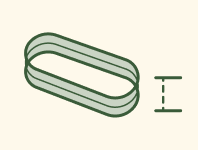
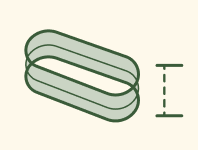
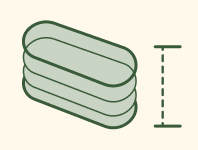
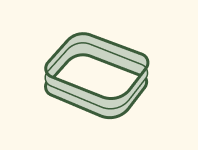
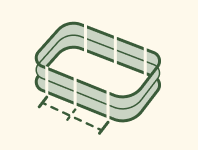
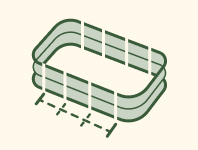
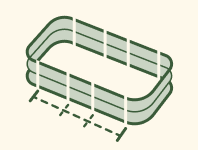
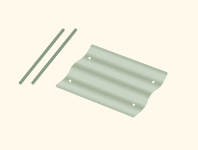




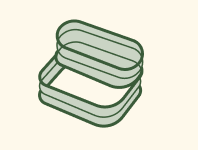
















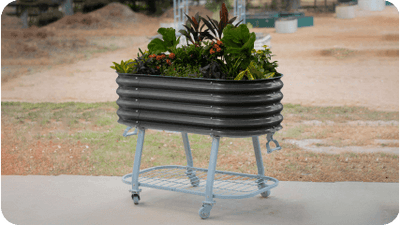









































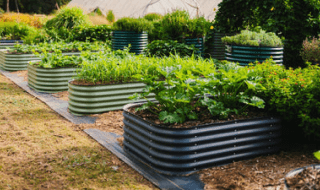
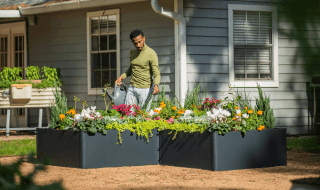
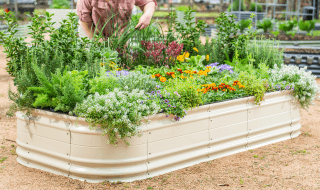
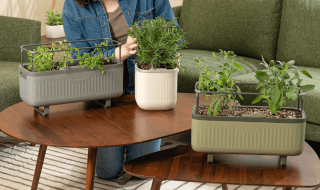
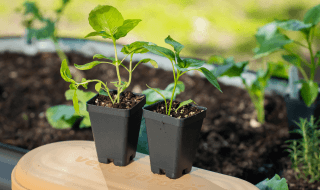
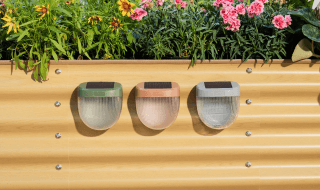
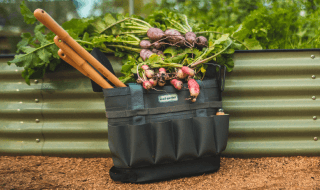
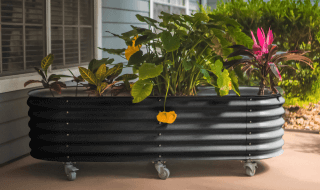







This was very helpful. I often purchased too many seeds and started way to many that i had no room for.
Leave a comment